Loading
Journal of Clinical Cardiology
ISSN: 2694-5088
Most Cited Articles
Chest Pain in Repeated Emergency Department Visitors
Ksenija Slankamenac, Michael Stucki, Dagmar I. Keller
Chest pain is the leading symptom in 5 to 8% of all emergency department (ED) visits and is also one of the major reasons of repeated ED visits, causing around 6% of these cases [1]. Generally, in 15 to 25% of patients with chest pain, acute myocardial infarction (AMI) is the underlying cause.
J Clin Cardiol, 2020, Volume 1, Issue 1, p1-15 | DOI: 10.33696/cardiology.1.001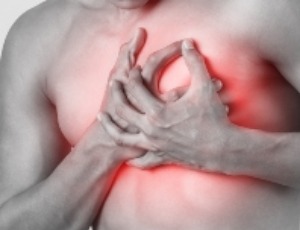
Shaping the Future of Cardiac Wellness: Exploring Revolutionary Approaches in Disease Management and Prevention
Tamer A. Addissouky, Ibrahim El Tantawy El Sayed, Majeed M. A. Ali, Yuliang Wang, Ayman El Baz, Naglaa Elarabany, Ahmed A. Khalil
Cardiovascular diseases (CVDs) remain a leading cause of morbidity and mortality worldwide. Effective prevention and management strategies are essential to reduce the burden of CVDs. This review summarizes recent advances in the prevention and management of CVDs. In terms of prevention, lifestyle modifications, such as diet, exercise, and smoking cessation, remain important strategies.
J Clin Cardiol, 2024, Volume 5, Issue 1, p6-29 | DOI: 10.33696/cardiology.5.048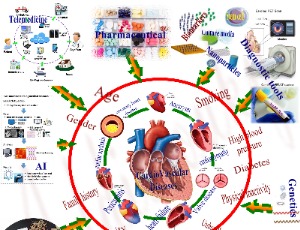
Lipoprotein Apheresis: First FDA Indicated Treatment for Elevated Lipoprotein(a)
Anne K. Nugent, Jessica V. Gray, Lauryn K. Gorby, Patrick M. Moriarty
Lipoprotein(a) [Lp(a)] is a genetically determined lowdensity lipoprotein (LDL) particle that is comprised of apolipoprotein(a) [apo(a)] and apolipoprotein B-100 (apoB) moieties. It is well-established that elevated Lp(a) is an independent risk factor for cardiovascular disease (CVD).
J Clin Cardiol, 2020, Volume 1, Issue 1, p16-21 | DOI: 10.33696/cardiology.1.002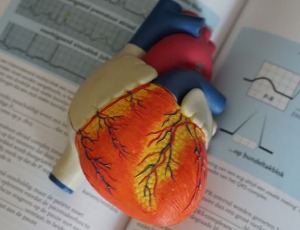
Predicting COVID-19 Hospitalized Patients’ Outcome with Homocysteine
Giovanni Ponti, Marco Manfredini, Gabriella Oliva, Tomris Ozben, Caterina Fontana, Aldo Tomasi
The COVID-19 pandemic has provoked a global, rapid increase of cases due to the high infectivity of the etiological agent, COVID-19 virus. In February 2021, over 110 million confirmed COVID-19 cases with 1 million deaths were reported worldwide (www.who.int).
J Clin Cardiol, 2021, Volume 2, Issue 1, p19-22 | DOI: 10.33696/cardiology.2.010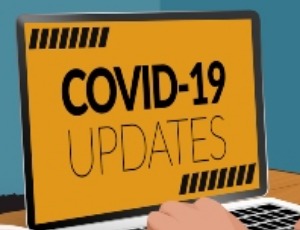
Cardiac Amyloidosis: A Survey of Current Awareness, Diagnostic Modalities, Treatment Practices, and Clinical Challenges Among Cardiologists in Selected Middle Eastern Countries
Dania Mohty, Samer Nasr, Hany Ragy, Hasan Ali Farhan, Bahaa Fadel, Islam Alayary, Marcelle Ghoubar
Cardiac amyloidosis (CA) is a progressive disease affecting the normal cardiac structure and function. CA could be isolated or associated with a spectrum of organ involvement, including the kidneys, lungs, nervous systems, bones, and others.
J Clin Cardiol, 2022, Volume 3, Issue 2, p51-59 | DOI: 10.33696/cardiology.2.035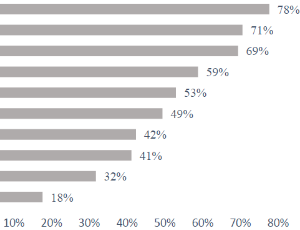
Commentary on: Peptidylglycine alpha-amidating Monooxygenase is Required for Atrial Secretory Granule Formation
Emil Daniel Bartels, Jens Peter Gøtze, Richard E. Mains, Betty A. Eipper
The electron-dense spherical granules found in the perinuclear region of atrial myocytes store and release both proatrial and probrain natriuretic peptides (proANP and proBNP, respectively). Mature ANP and BNP produce vasodilation and natriuresis and inhibit the renin-angiotensin and sympathetic nervous systems.
J Clin Cardiol, 2021, Volume 2, Issue 4, p75-80 | DOI: 10.33696/cardiology.2.022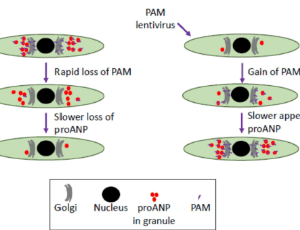
About Scientific Archives
Scientific Archives is a global publisher initiated with the mission of ensuring equal opportunity for accessing science to research community all over the world. Spreading research findings with great relevance to all channels without any barrier is our goal. We want to overcome the challenges of Open Access with ensured quality and transparency.
